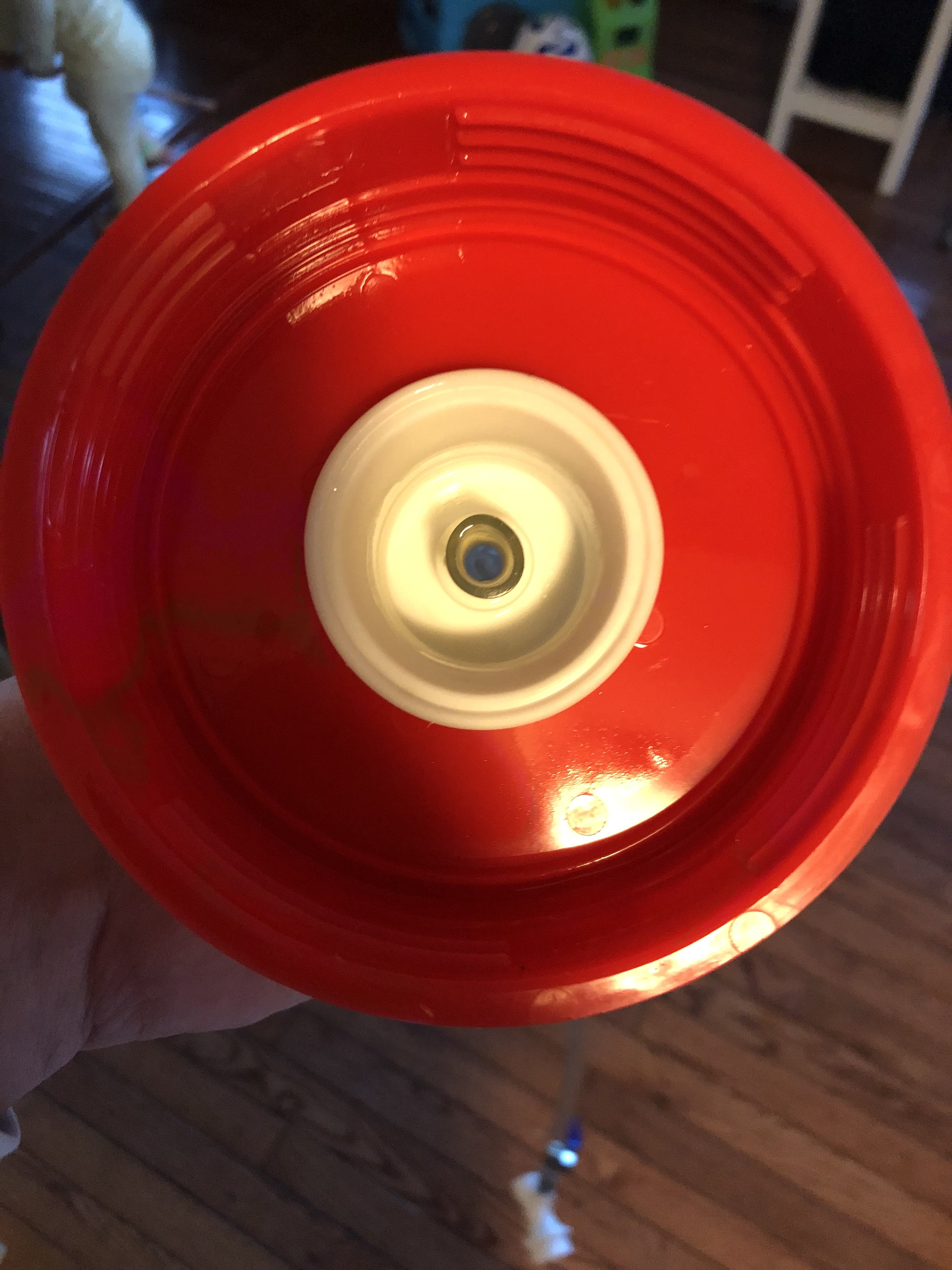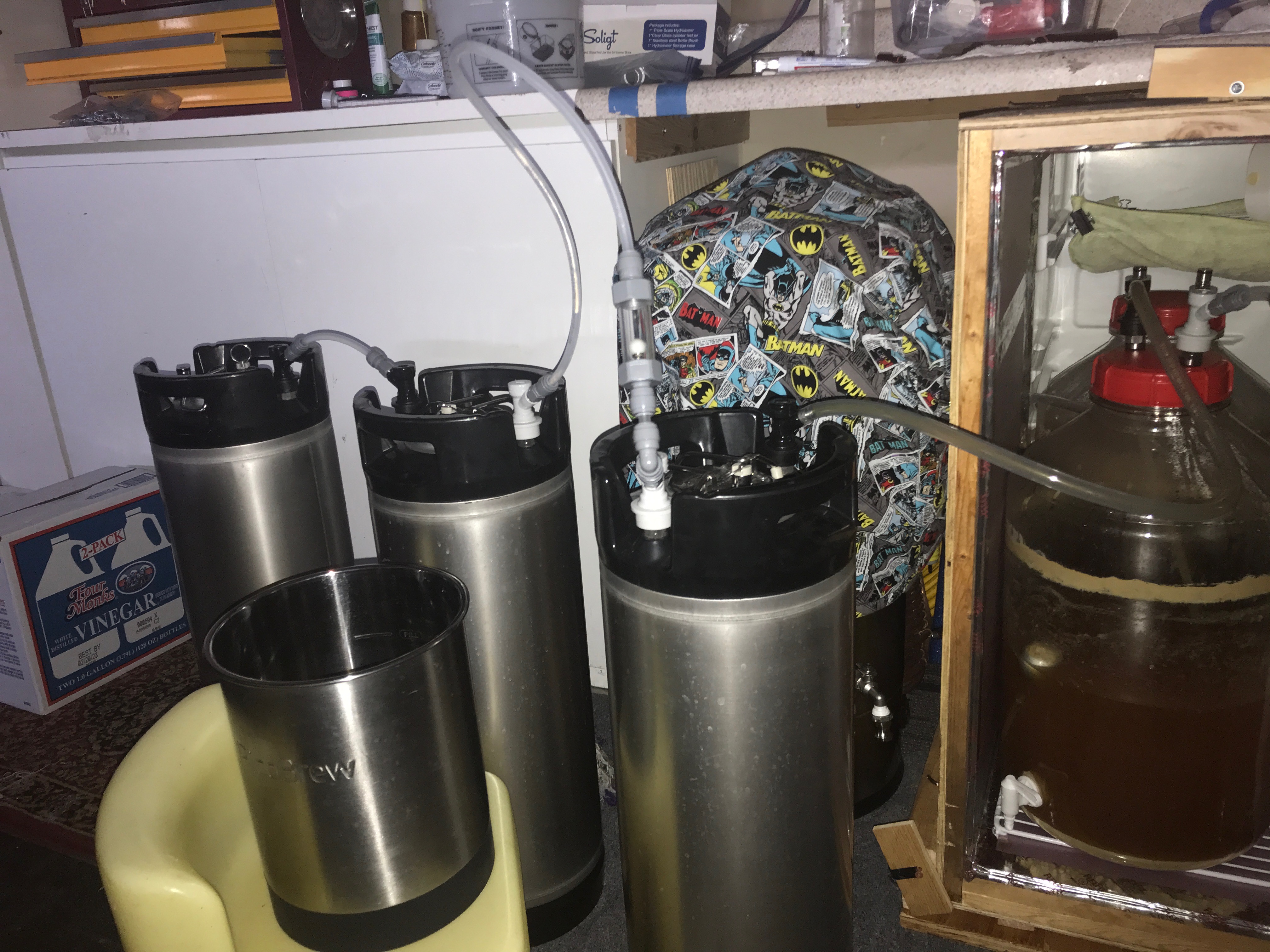I've done this w/other posts and it seems to work pretty well? I'll usually run through this cycle a couple times, then take them apart every once in awhile for a more thorough cleaning?
I use a bug sprayer that I've got a carbonation cap on, fill that up with cleaner. I then use a small piece of tubing that has a gas post on one end, and liquid post on the other. Carbonation cap will fit on either, so you're good there. Attach, clean, switch, clean, attach, rinse, switch, rinse.
Usually let them air dry too, so then I'll just attach a ball lock to allow a little more air to flow through end to end.































![Craft A Brew - Safale BE-256 Yeast - Fermentis - Belgian Ale Dry Yeast - For Belgian & Strong Ales - Ingredients for Home Brewing - Beer Making Supplies - [3 Pack]](https://m.media-amazon.com/images/I/51bcKEwQmWL._SL500_.jpg)
































